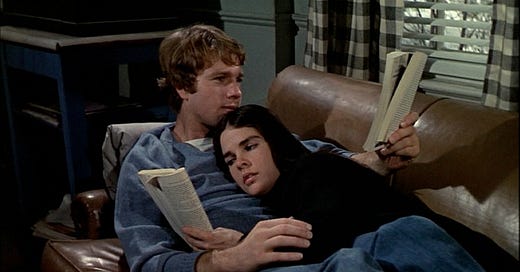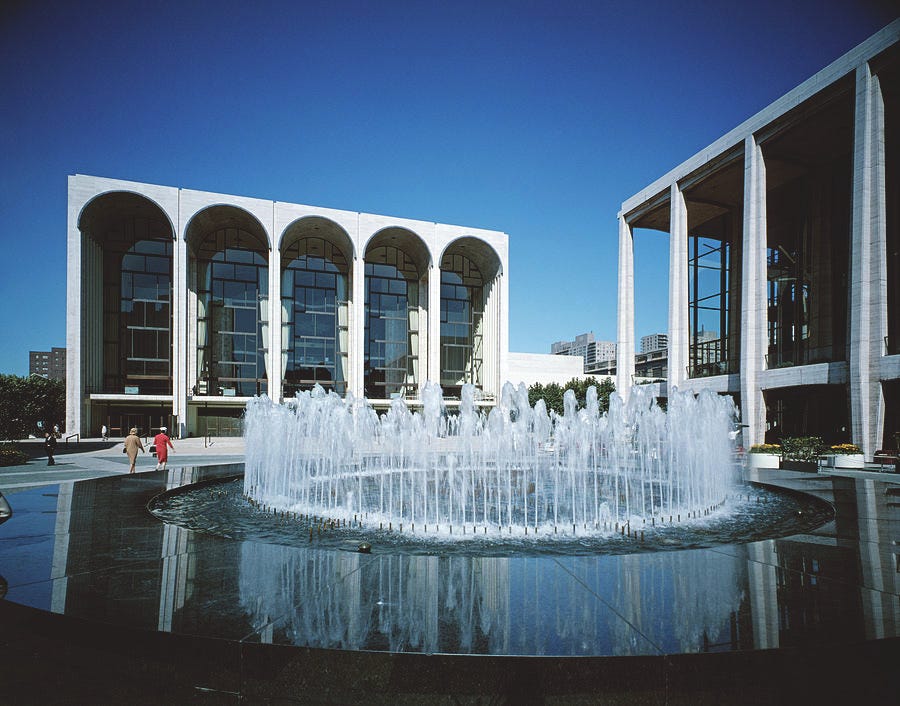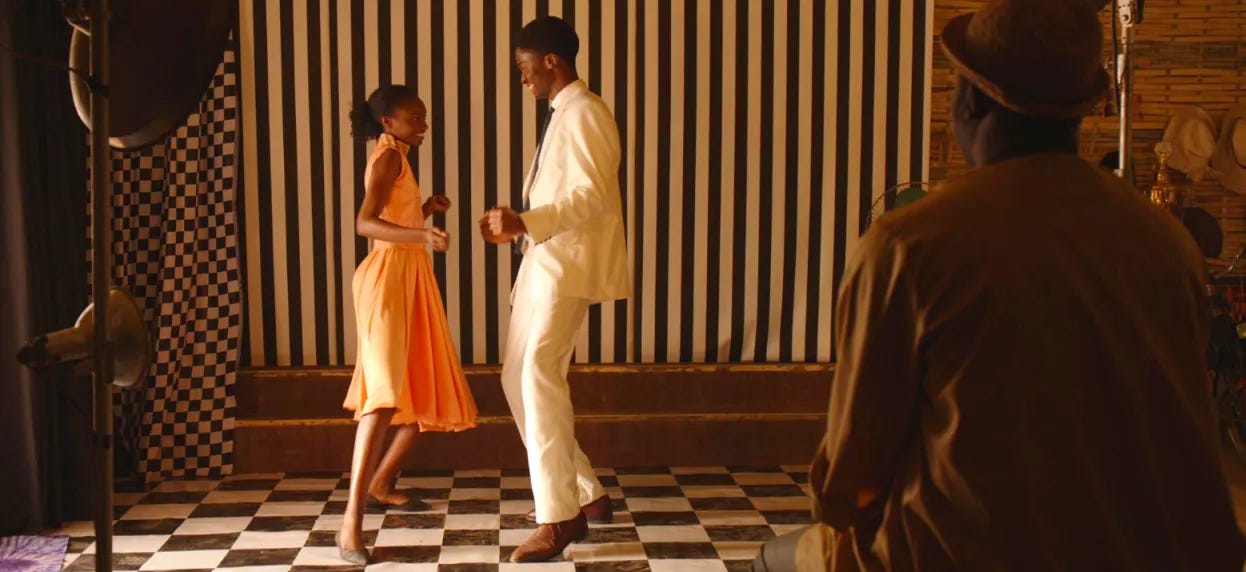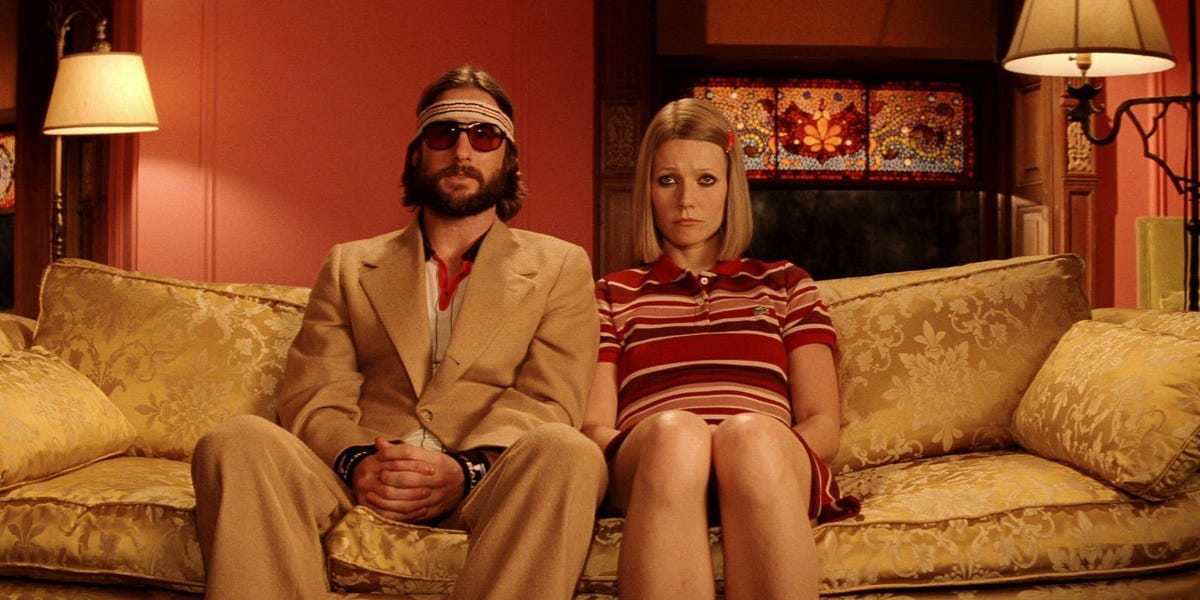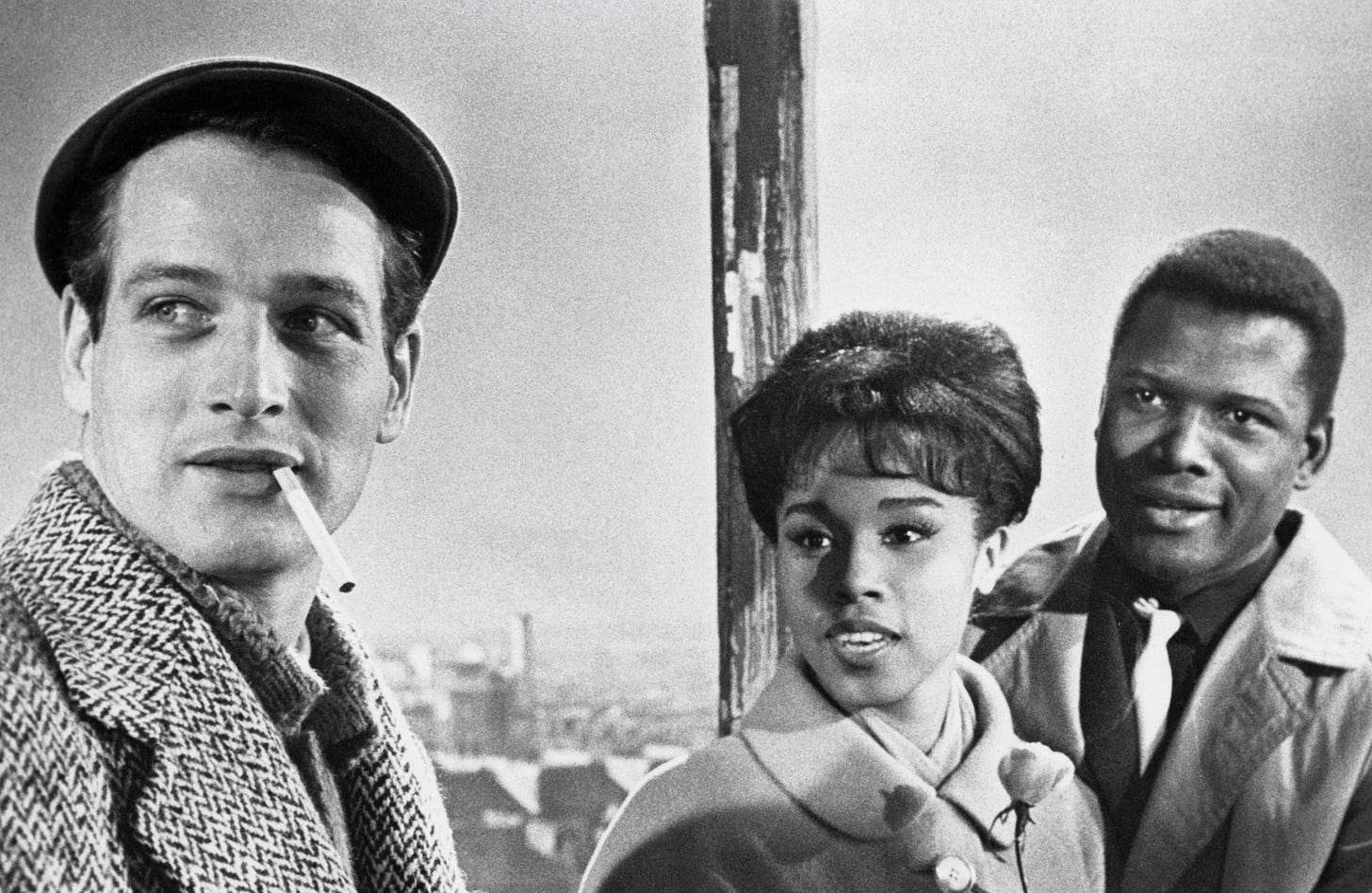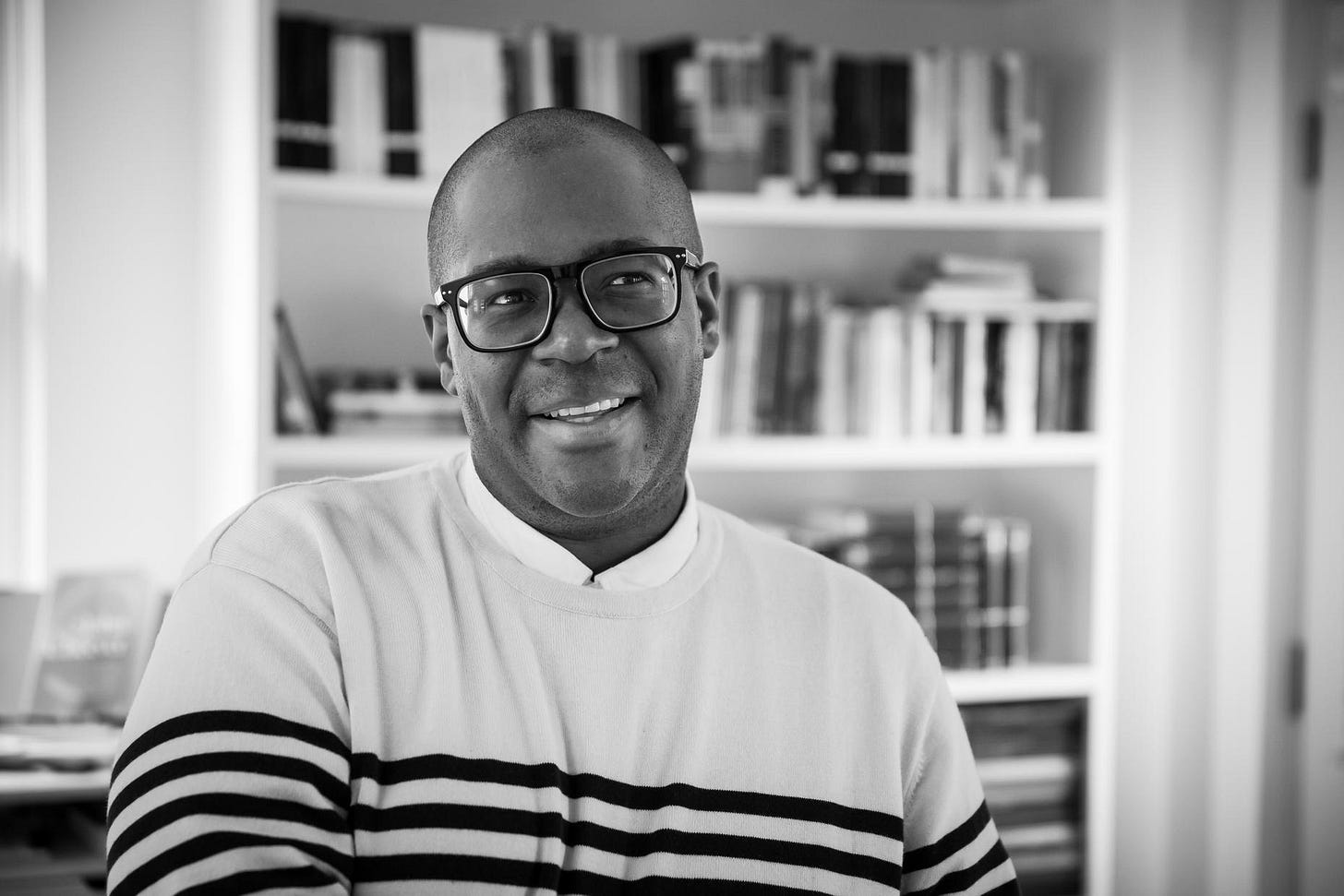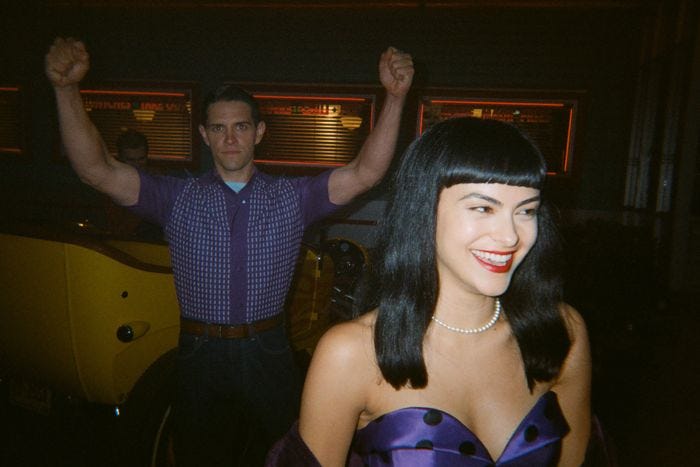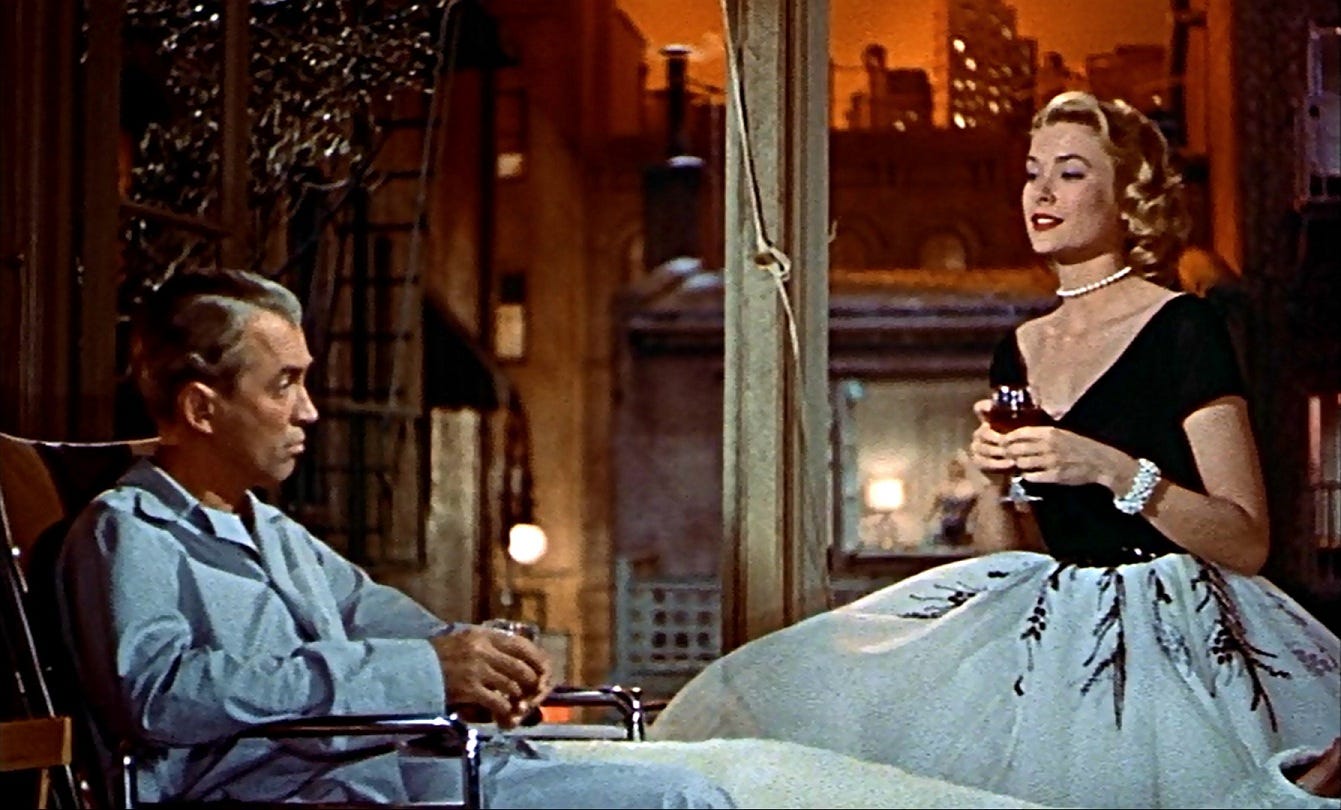Hello, and welcome to the September issue! ‘Tis the season for confusing weather and campus novels.
So, let’s get into it:
September Book Selections
Just because I read a book in August, it doesn’t necessarily mean you should read it in September, especially if you care about curating seasonal-ish ~vibes~. So, you can check out my August Book Review here, and then here’s a rundown of what I recommend for the month ahead:
The Guest by Emma Cline (2023) — The perfect poolside read for Labor Day weekend as you cling onto the last gasps of summer. I recommend following it with John Cheever’s 1964 short story, “The Swimmer,” cited by Cline as a major influence, and my friend Ama’s review of the novel in the Los Angeles Review of Books.
The Only Plane in the Sky: An Oral History of 9/11 by Garrett Graff (2021) — Every year on September 11th, I get down a doomscrolling rabbit hole, mining new horrifying details and heartbreaking anecdotes tied to this devastating day. A couple years ago, I decided to channel that energy toward reading this oral history instead. Across 705 pages that feel like 100, Graff provides a compelling, comprehensive look into the day’s events, unveiling the humanity behind the horror.
The Shards by Bret Easton Ellis (2023) — (Take a shot every time I mention my close personal friend Bret on this Substack.) Originally read aloud on The Bret Easton Ellis Podcast between the falls of 2021 and 2022, this novel finally ran in print earlier this year after Bret’s publisher, Knopf, caught wind of the project. Told in first-person by a 57-year-old Bret, this thriller-meets-coming-of-age story recounts a fictional-ish version of his senior year at Buckley. A nostalgic look into 1981 Los Angeles, the narrative interweaves afternoons at Westwood Village and The Sherman Oaks Galleria, lunches at Trumps and The Polo Lounge, and evenings winding down Mulholland, transcribing a faded version of the city onto paper. It also leans into quintessential the LA tropes that haunt the mind of its residents, from cults to serial killers. The story begins over Labor Day weekend and stretches through the fall, making it the perfect pick if you’re looking to channel back-to-school vibes. Don’t forget to turn on the accompanying Spotify playlist while you read for the full effect.
The Last of Her Kind by Sigrid Nunez (2005) — Campus novel vibes! Check out yesterday’s August Book Review for an overview!
Autumn by Ali Smith (2016) — Ali Smith’s seasonal quartet consists of four books named after their respective seasons: Autumn, Winter, Spring, and Summer. These lyrical novels capture complex relationship dynamics, while also teasing out the sociopolitical landscapes of the 2010s and 2020s with starting immediacy. (For instance, Autumn, published in 2016, integrates Brexit, while Summer, which debuted in 2020, brings in the impact of COVID-19’s onset.) Characters emerge across all four stories, threading an overarching narrative that begins chronologically with Autumn. If you choose to read this series, I highly recommend timing it in tandem with each novel’s respective season starting now or next month.
Upcoming Content to Consume
The Paris Theater’s Big & Loud Series (Opening Date: 9.1) — When Netflix bought the historic Paris Theater on 58th Street across from The Plaza Hotel in 2019, I was skeptical. But the New York institution has continued to thrive under new ownership, save for a few moments of “Is anyone really paying to see this mid-tier movie in theaters when they could stream it?”
Earlier this year, programming included a series of films selected by The New York Film Critics’ Circle, complete with director, writer, and actor Q&As after screenings. I had the pleasure of seeing Amy Heckerling discuss the development Fast Times at Ridgemont High (1982), Frank Oz explain how Orson Welles’s Touch of Evil (1958) influenced his cinematography [yes, even in Muppets Take Manhattan (1984)], and Griffin Dunne share anecdotes from filming After Hours (1985), to name a few memorable experiences.
After closing for renovations all summer, the single-screen cinema will open this September with a packed program. The first nine days of the month alone will include screenings of Beyonce’s Homecoming (2019), Quentin Tarantino’s Once Upon a Time…in Hollywood (2019), Lawrence of Arabia (1962), The Matrix (1999), and Top Gun (1986), among other films, as part of its Big & Loud series. Keep an eye out for additional programming announcements throughout the month.
Metrograph’s Animal Farm: Rabbits Series (Opening Date: 9.1) — Yeah, you read that right. Metrograph has an ongoing series called Animal Farm, wherein the theater screens groups of movies that tie in different animals, from ants to rats to donkeys. [The one about donkeys included Shrek (2001), obviously.] The latest iteration, centered on rabbits, will debut on 9.1 and feature cult classics ranging from Who Framed Roger Rabbit? (1988) to David Lynch’s Inland Empire (2006).
The Center for Fiction: Kim Coleman Foote on Coleman Hill (2023) with Sarah Jessica Parker and Mecca Jamilah Sullivan (Date: 9.5) — Sarah Jessica Parker launched her new imprint, SJP Lit, earlier this year and this new title marks the second to publish under it. Longlisted for The Center for Fiction’s First Novel Prize, Coleman Hill (2023), inspired by author Kim Coleman Foote’s own family history, follows two women whose lives entwine during the Great Migration over the course of 70 years. Big Girl (2022) author Mecca Jamilah Sullivan will join the panel as well.
American Ballet Theatre Fall Season (Box Office Opening Date: 9.6) — While the programming itself starts mid-October, American Ballet Theatre (ABT) will open its box office for bookings starting the Wednesday after Labor Day (9.6). ABT has a special $30 Under 30 promo, which allows folks under 30 to purchase tickets to select shows. Having tried it for Romeo and Juliet this July, I can confirm the seats are pretty solid. New York City Ballet has a similar program, but ABT allowed for season-long ticket purchases in advance this summer instead of just the week of the show. Watch the site for more details and, in the meantime, you can check out the full announcement here.
Villa Albertine’s Films on the Green 2023: Dancing the Twist in Bamako (Twist à Bamako) (2021) (Date: 9.6) — In the summer, Albertine, the French bookstore on 78th and Fifth, puts on a series of outdoor film screenings across the five boroughs. (As you might recall, I recapped Nha Fala (My Voice) (2002) in the August issue.) With summer winding down, only a couple screenings remain, including this one, presented in partnership with the Columbia Maison Francaise.
Produced between France, Senegal, and Canada, Dancing the Twist in Bamako (Twist à Bamako) (2021) transports viewers to 1960s Mali, where “the youth of Bamako embrace the twist dance and rock and roll imported from the West as they dream of political change. Amidst this atmosphere of hope, young socialist Samba encounters the spirited Lara during a political mission to the bush. As their love story unfolds, they face the challenges of revolution and strive to achieve their dreams for a brighter future.”
Free and open to the public, this one will get screened on Low Steps post-Labor Day (aka: the perfect opportunity for back-to-school vibes without actually going back to school).
Cinespia at Hollywood Forever Cemetery: The Royal Tenenbaums (2001) (Date: 9.9) — For my West Coast subscribers! A cemetery screening of the Holy Grail of Wes Anderson films.
New Beverly Cinema: Legally Blonde (2001) and 10 Things I Hate About You (1999) Double Feature (Dates: 9.9-9.10) — Another one for my West Coast subscribers! Nothing says back-to-school like following your ex to Harvard Law and Heath Ledger singing “Can’t Take My Eyes Off You” in the middle of a football stadium.
Metrograph: Paris Blues (1961) (Date: 9.15) — Screening as part of the theater’s Also Starring... Diahann Carroll series, this 1961 film stars screen legends Sidney Poitier and Paul Newman as a pair of expat jazz musicians who find love abroad. Carroll and Joanne Woodward, Paul Newman’s real-life wife of 50 years, play their love interests. I’ve always wanted to see this movie, which boasts a soundtrack by Duke Ellington and Billy Strayhorn, with an on-screen performance by Louis Armstrong.
Film Forum Jr. (Dates: Sundays at 11:00 AM) — Fall means the return of Film Forum Jr., the theater’s weekly kid-oriented screening. The movies played aren’t just for kids though. For instance, I saw From Here to Eternity (1953) (???) as part of this series. In September, keep an eye out for a series of four Laurel and Hardy silent comedies with live piano accompaniment on 9.10 and The Secret Garden (1993) on 9.24. In anticipation, check out this love letter to The Secret Garden that ran in Stylist UK a few weeks ago in tandem with the film’s 30th anniversary.
Miscellaneous Musings
Into It: A Vulture Podcast with Sam Sanders: “From #BookTok to Goodreads, Novelist Brandon Taylor on Why Literary Criticism is Broken” — In this episode of Vulture’s culture podcast, host Sam Sanders speaks with Brandon Taylor, who I consider one of today’s most prolific authors, about his latest book, The Late Americans, and the state of literary criticism at large.
The Late Americans follows a group of grad students and townies in Iowa City, teasing out the complexities that come to define their relationships and artistic pursuits. Sanders describes the novel as “a really great hang with a group of people, and you know them a little better at the end than at the beginning,” my favorite kind of fiction. Throughout the podcast episode, Taylor answers a handful of thoughtful questions around the book (without spoilers, don’t worry), discusses his writing process — including long stretches of doing nothing as central to it —, and even gets into how Shonda Rhimes monologues, “the velocity of her dialogue,” influences his prose, pulling specific examples from the first three seasons of Grey’s Anatomy.
Taylor and Sanders also discuss that Slate review. ICYMI, the publication’s books and culture columnist, Laura Miller, published a piece on The Late Americans with the subhead: “Brandon Taylor’s online writing is vibrant, funny, and true. Why is his fiction trying so hard to be something else?” Miller goes on to essentially slam the breach between Taylor’s online and in-print voices, a critique predicated on the unestablished notion of tweets and literary prose as analogous. This discourse ties into the concept of “attention economy writing” I introduced in my review of Jackie Ess’s Darryl (which also, incidentally, drew in Taylor’s Substack essay against “character vapor” in modern fiction).
As a refresher, I wrote: “I would place Ess’s work in the canon of a new kind of ‘attention economy writing,’ a term I used when trying to describe Madeline Cash’s Earth Angel to a friend back in May. This type of fiction gets written on the Notes app (as Cash admits in an interview with W) and shortened for the imprecise focus of the TikTok generation (Ess explains: ‘I had a gamble that I could borrow something from slightly dishonored forms of reading like social media archive-binging, and that others would want to read a novel shaped like that.’), prioritizing brevity and interiority over external world building, that ‘physicality…in full contact with the total matrix of story’ that Taylor lauds.” It seems to me that the ubiquity of attention economy writing, its continued encroachment into and identification with the realm of literary fiction, led Miller to the misstep of conflating author and narrator, expecting Taylor to adopt a universal voice across all mediums.
For Taylor and Sanders, this review reveals how and why book discourse has broken. Taylor shares his experience writing for third-party publications, underscoring pressure from editors to find an angle before reading and absorbing the respective book he plans to discuss. This approach molds an overly argumentative form of criticism, one predicated on making a point rather than fleshing out themes and ideas. For Taylor, this approach — and the extent to which it requires the argument pre-date content consumption — compromises how he was taught to read. He makes the case for literary criticism as a means of better understanding the work at hand, a concept I would second. David Foster Wallace’s analysis of comedy in Dostoyevsky via an essay in Consider the Lobster comes to mind; Wallace sheds light on a particular layer of this author’s prose, one that led me to approach Notes from a Dead House differently than I would have otherwise. Ultimately, the novella emerged as a personal favorite rather than a 19th century Russian slog, an experience I owe to Wallace’s framing.
Prefabricated angles also require judgment when good or bad — to an extent — remains tangential to the point, a subjective assessment that lies in the eye of the reader. Taylor and Sanders rightfully discuss what happens when this point gets taken too far to the opposite extreme. They touch on the collective of people who advocate serving as “cheerleaders for books” as an abstract concept, disregarding the material quality of said books’ prose. As Taylor puts it: “the greatest casualty is that no one has ideas anymore; they just have bullet points and talking points and axes to grind.”
RIC (Rest in Chaos) Riverdale — In the words of Dirt, RIP Susan Sontag. You would have loved Riverdale. ICYMI, I wrote 1500 words on why I love teen dramas, including the Archie Comics melodrama that came to epitomize camp, the week before the Riverdale series finale: “An Ode to Teen Dramas.”
Zadie Smith’s British Vogue Feature, Author as Celebrity, and the Fading Tie between Fashion and Fiction — Ahead of the publication of her new novel, The Fraud, this month, Zadie Smith appeared in British Vogue. The in-depth feature delves into her background, influences, and upcoming book, while also interweaving her love of fashion; in one shot, she sports head-to-toe Alaïa (and absolutely slays, duh).
That initial story spawned a piece in The Washington Post from Rachel Tashjian, fashion writer and mastermind behind super-exclusive newsletter Opulent Tips. Discussing the article’s reception, Tashjian writes: “Online, the story was met with rapturous praise…‘More of this please!’ said literary critic Barry Pierce on X, formerly known as Twitter, adding: ‘why doesn’t this happen all the time? why are there never cover shoots with authors? they literally serve every single time.’” She goes on to tackle that question, tracing the long history between fashion and literature, from Joan Didion’s early days at Vogue to Donna Tartt’s many appearances in Vanity Fair. While she acknowledges that authors like Ottessa Moshfegh and Emma Cline still appear in the occasional magazine, Tashjian rightly registers those moments as “so rare that they often feel like dares.”
I found these two pieces particularly compelling after listening to Lili Anolik’s podcast, Once Upon a Time at Bennington College, which I wrote about in last month’s issue. So much of Anolik’s narrative centers on the notion of author as celebrity that catapulted the literary brat pack of the 1980s to the best tables at The Odeon, the most lavish suites at The Carlyle, the front page of The New York Post. In 2016, Jay McInerney, the brat pack author behind Bright Lights, Big City, told Harper’s Bazaar: “I think there was a sense that we were having too much fun. The literary establishment's pretty conservative. Writers are supposed to be these sort of introverted loners who are badly dressed. We didn't fit that mold.”
In their heyday, the literary brat pack seemed to foretell a new era of literature, one that infused the author with a certain cool factor, freed from the introverted loner status cemented by the likes of Henry David Thoreau and JD Salinger. But, in reality, that group marked the dwindling of a twentieth-century tie between fiction and fashion, the last gasp, a final burst, of that new kind of writer arguably embodied by Joan Didion slouched before her 1969 Corvette Stingray. Smith’s cover, however, seems to dare contemporary culture to reconsider that severance.
Supplemental Reading
As always, don’t forget to use archive.ph if you can’t access these pieces or any of the ones throughout my Substack!
From the Desk of Marlowe Granados: The Impossibilities of Dating and Glamour
Criterion: Marilyn’s Method
Shondaland.com: The Gamification of Reading Is Changing How We Approach Books
Air Mail: Geena Davis Didn’t Know Thelma & Louise Is Still a Thing
The Guardian: ‘A smorgasbord of unlikability’: the authors helping ‘sad girl lit’ grow up
Cocktail of the Month
Ease out of summer with a recipe I lifted from the Via Carota drink menu…
Pink Negroni —
Combine one and half ounces each of gin (I use Beefeater), Aperol, and Lillet Blanc over ice. Stir and strain into a rocks glass with ice.
Alright, that’s it! If you’re interested in an overview of art exhibitions to check out in New York this fall, you can check out this post from yours truly.
Until next month unless I get emotional about teen dramas again!
xo,
Najet

